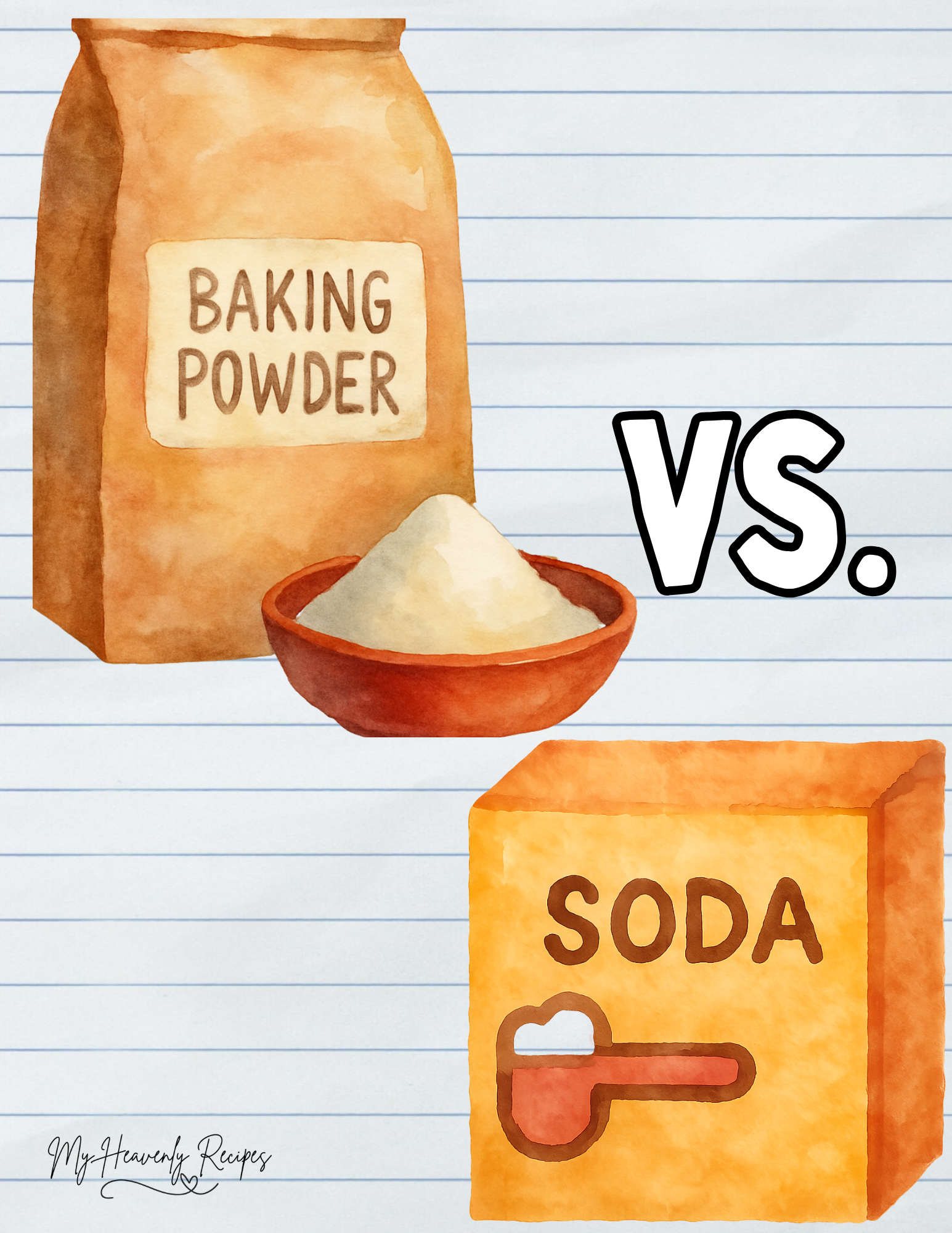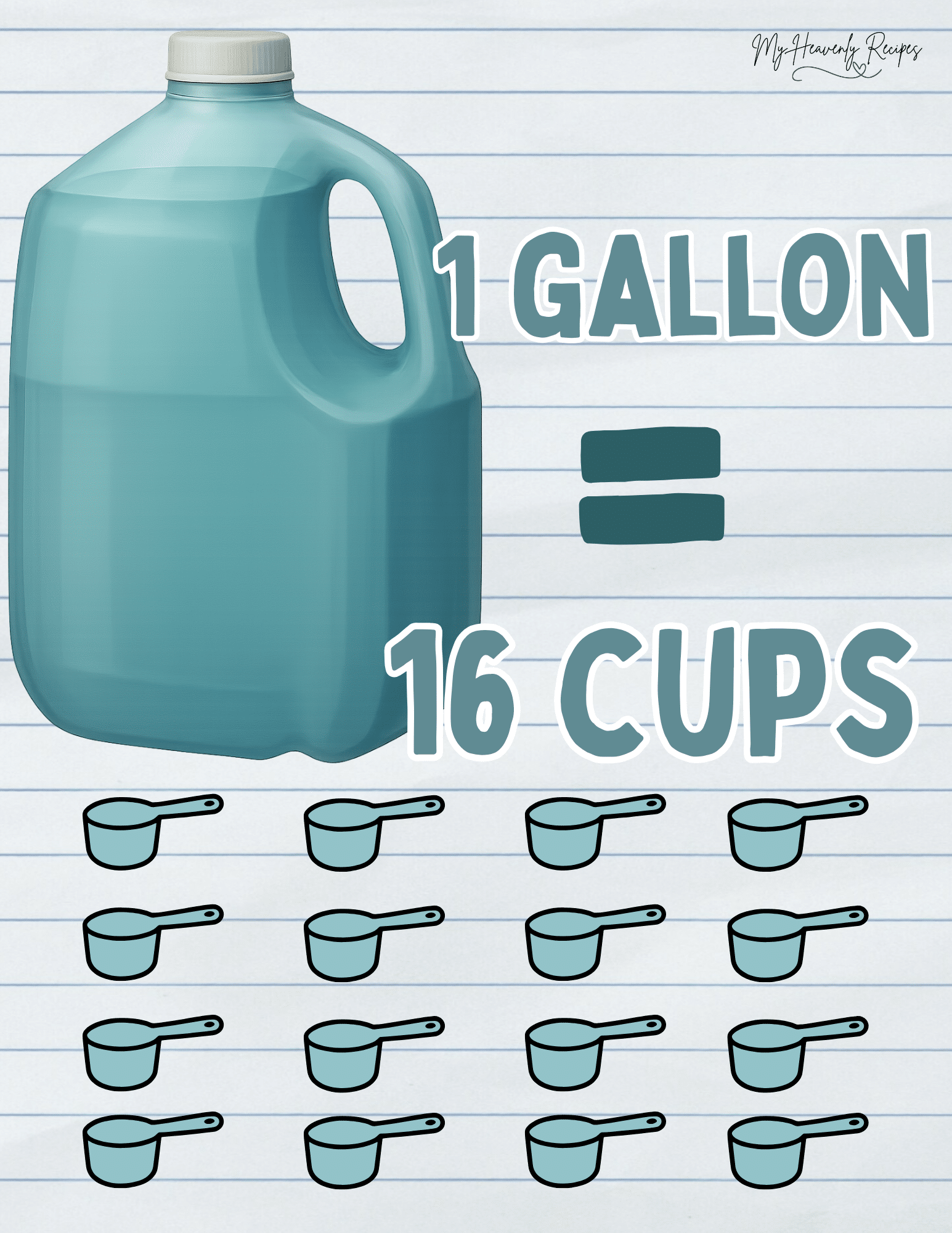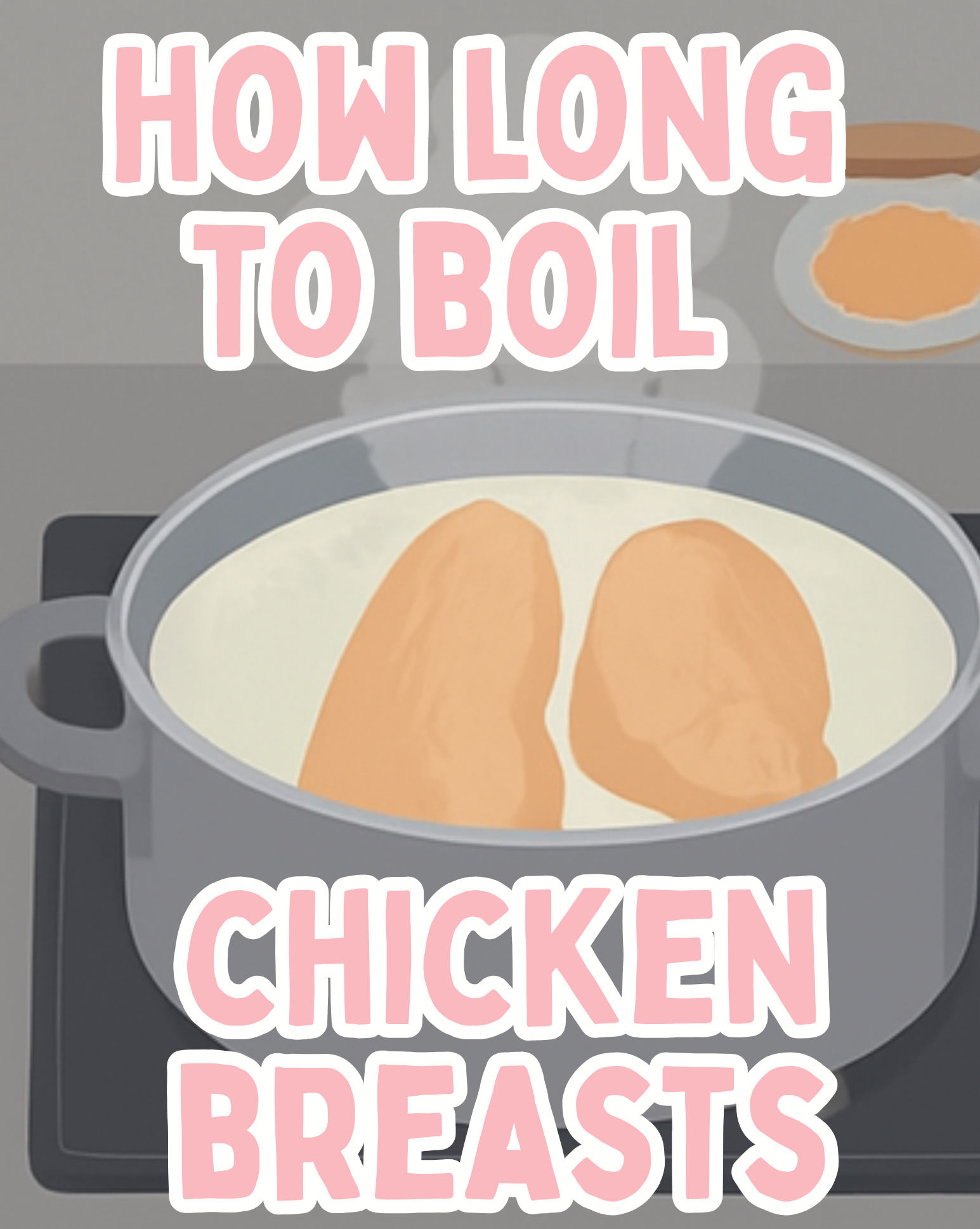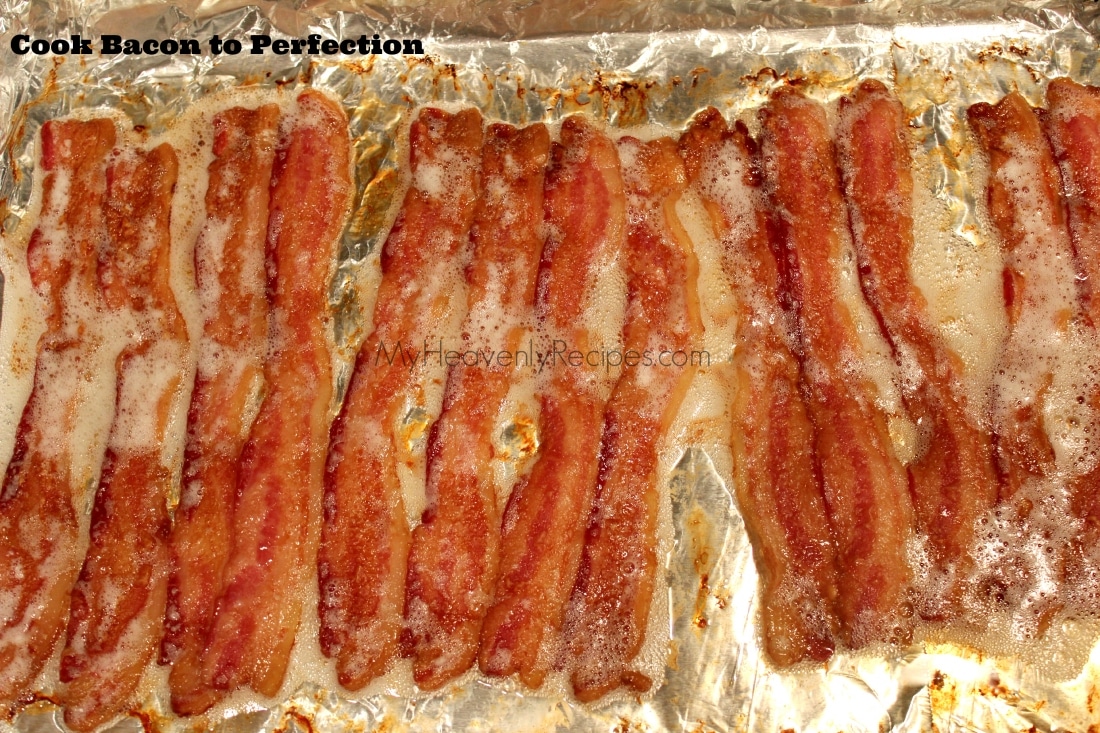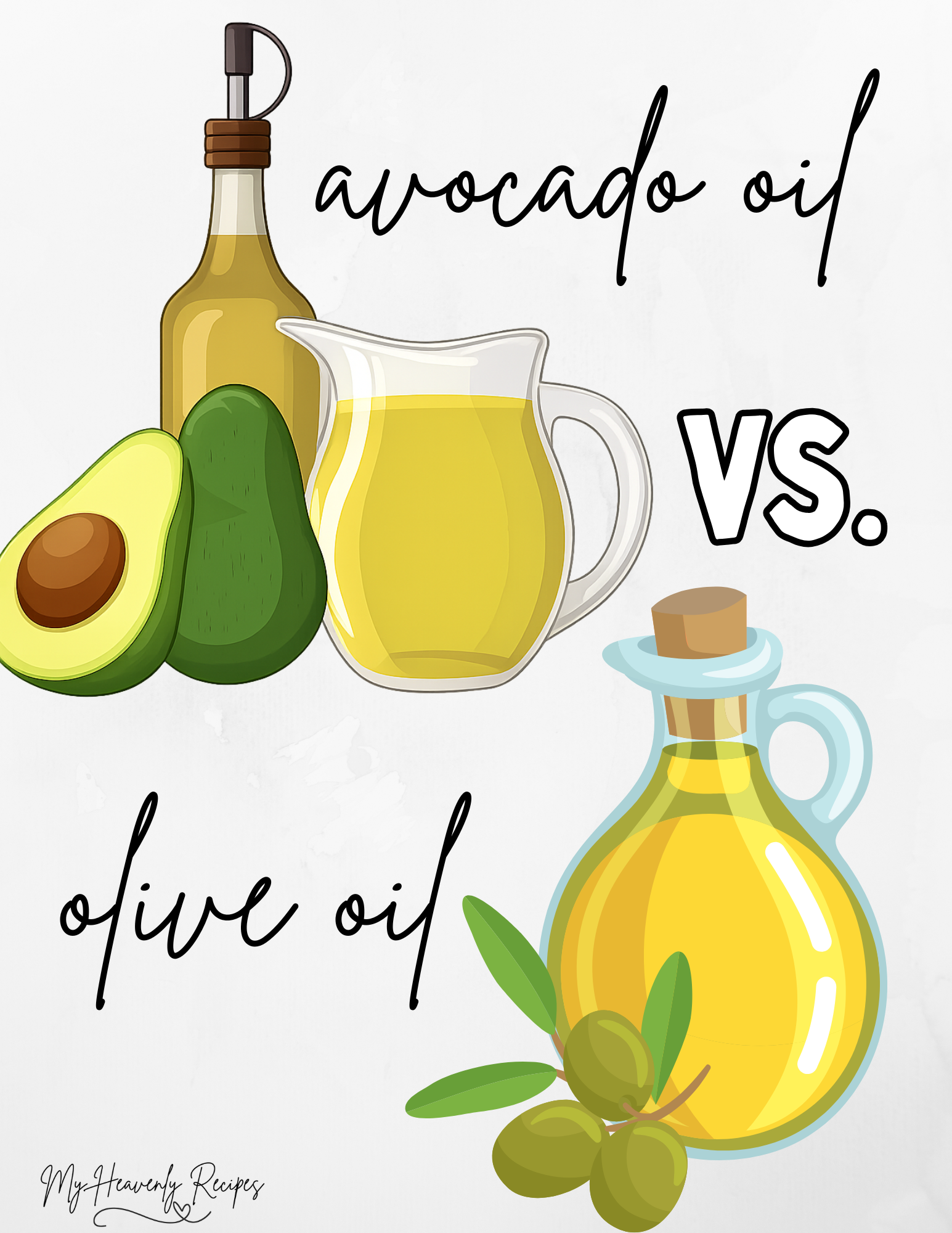Canola Oil vs Vegetable Oil
Canola Oil vs. Vegetable Oil: What’s the Difference?
Hey there, fellow home cook!
If you’ve ever stood in the cooking oil aisle of the grocery store, staring blankly at rows of bottles, you’re not alone. One says Canola Oil, another says Vegetable Oil, and both look pretty much the same.
So, what’s the deal? Are they interchangeable? Which one is better for your health, and which makes the best crispy fries or fluffy cakes?
Let’s break it all down, casually and clearly—because you’ve got dinner to make.
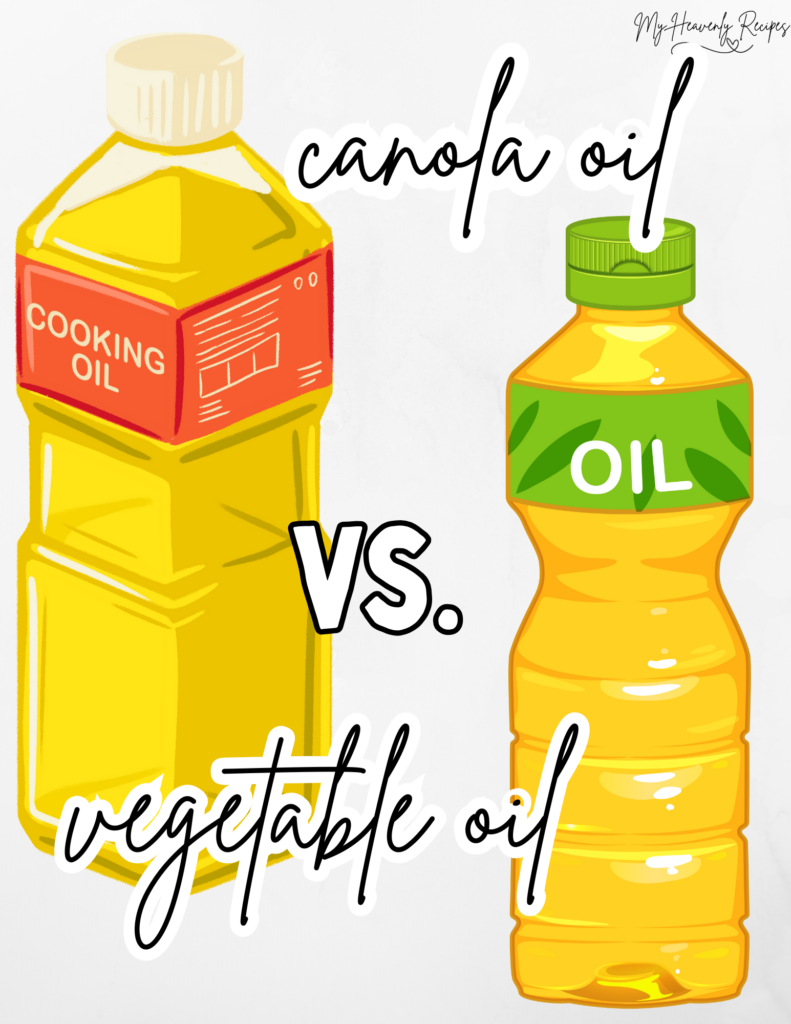
What Are These Oils Anyway?
Canola Oil
- Source: Comes from the seeds of the canola plant, a type of rapeseed.
- Color & Flavor: Light yellow, neutral taste.
- Common Uses: Sautéing, baking, frying, salad dressings.
- Smoke Point: ~400°F (good for high-heat cooking!)
Vegetable Oil
- Source: A blend of various oils—most often soybean, corn, sunflower, or palm oil (check the label!).
- Color & Flavor: Also light yellow and neutral-tasting.
- Common Uses: Frying, baking, stir-frying, and anything in between.
- Smoke Point: ~400°F (depending on the blend)
Quick tip: If your veggie oil label doesn’t specify the exact blend, it’s probably mostly soybean oil in the U.S.
Side-by-Side Comparison Chart
| Feature | Canola Oil | Vegetable Oil |
|---|---|---|
| Main Ingredient | Canola seeds (rapeseed) | Soybean/corn/sunflower/etc |
| Smoke Point | ~400°F (204°C) | ~400°F (depends on blend) |
| Flavor | Neutral | Neutral |
| Saturated Fat | ~7% | ~14% (varies) |
| Omega-3 Content | Moderate | Low |
| Best For | Baking, sautéing, frying | Frying, general cooking |
| Healthier Option? | Slightly better heart-health profile | Depends on blend |
Which Oil Is Healthier?
Okay, here’s where it gets a little more complicated.
Canola Oil wins in the “heart health” category.
It’s lower in saturated fat and higher in omega-3 fatty acids—the good fats that support brain and heart health. Plus, it has a decent amount of monounsaturated fats, like olive oil (though not as much).
Vegetable Oil is a bit of a wild card.
Because it’s a blend, the health benefits depend on the mix. If it’s mostly soybean oil, it’s still okay for heart health but may be higher in omega-6 fatty acids, which can be inflammatory in large amounts.
Bottom Line: If you’re health-conscious and trying to pick between the two, canola oil is generally the better choice. But neither is “bad” in moderation.
Cooking With Canola vs. Vegetable Oil
They’re both super versatile and can usually be swapped 1:1 in recipes. But here’s where you might lean toward one over the other:
| Cooking Task | Use Canola Oil | Use Vegetable Oil |
|---|---|---|
| Deep Frying | ✅ Great choice (neutral & high smoke point) | ✅ Works well (depending on blend) |
| Baking Cakes/Muffins | ✅ Works like a charm | ✅ Totally fine |
| Salad Dressings | ✅ Mild enough for dressings | Often too bland |
| Stir Frying Veggies | ✅ Yes, it won’t overpower the dish | ✅ Yep! |
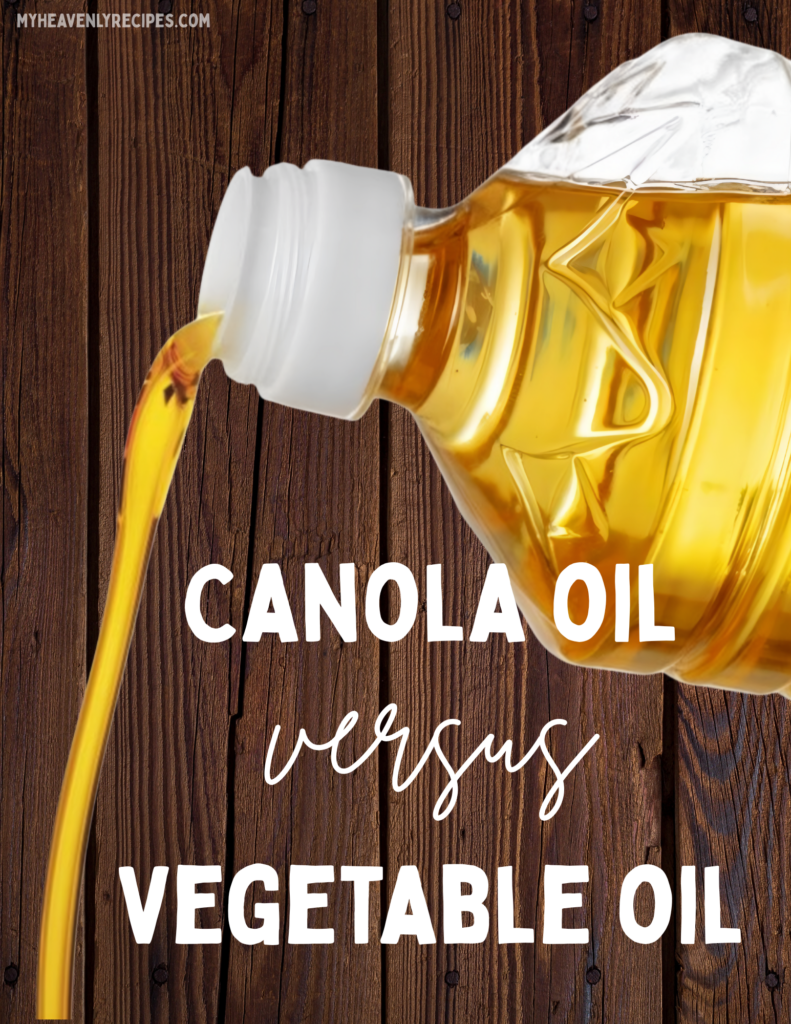
FAQs
Q: Can I fry with both?
Yes! Both have high smoke points, which makes them great for frying. Just be sure not to overheat—burnt oil = burnt flavor.
Q: Can I bake with them?
Absolutely! Both oils are neutral, which means they won’t mess with the flavor of your cookies or cakes. Use whichever you’ve got on hand.
Q: Which is better for cholesterol?
Canola oil is the better pick. It’s lower in saturated fat and has heart-healthy monounsaturated and omega-3 fats. Good news if you’re watching your cholesterol.
Q: Are they vegan?
Yes! Both are 100% plant-based.
Q: Do they go bad?
They do, but slowly. Store them in a cool, dark place, and use within 6–12 months after opening for best quality. If it smells rancid—toss it!
Q: What about genetically modified (GMO) oils?
Most canola and soybean oils in the U.S. are made from GMO crops. If that’s a concern for you, look for oils labeled non-GMO or organic.

